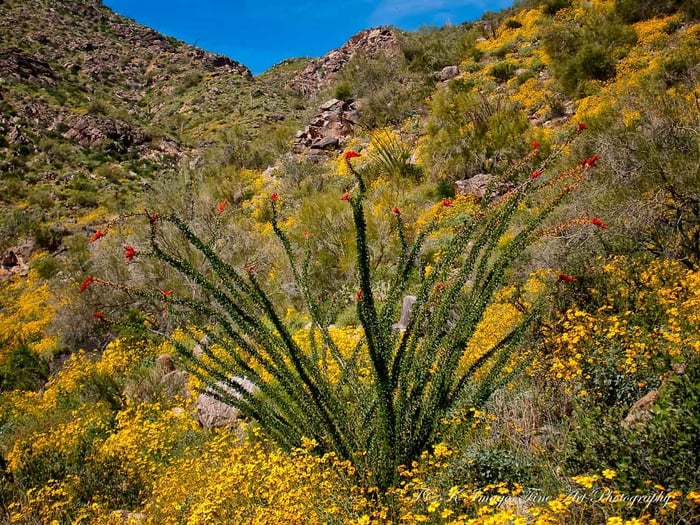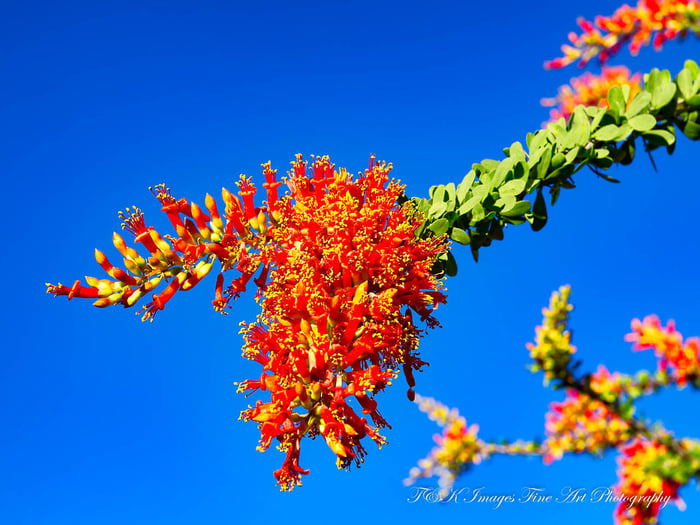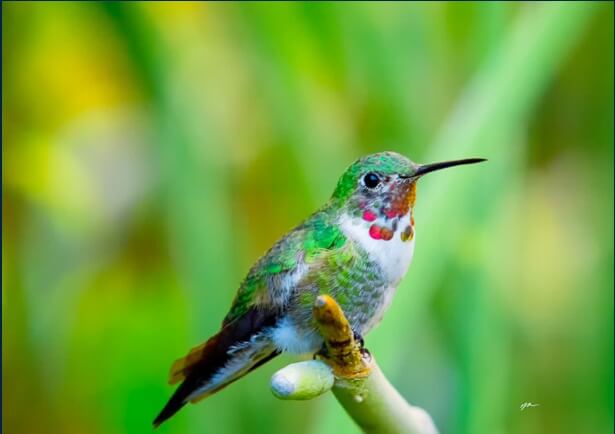Ocotillos and Hummingbirds: A Unique Partnership in the Desert

The relationship between ocotillos and hummingbirds offers a fascinating example of cooperation and mutual benefit in the desert's vast, arid landscape. These two unique species, adapted to harsh desert conditions, have developed a symbiotic relationship that is vital for their survival. This article explores the intriguing dynamics of this connection, how it impacts hummingbird migration, and the role of desert wildlife within this ecosystem.
The Ocotillo: A Desert Survivor
The ocotillo, often mistaken for a cactus, is a spiny, woody shrub native to the southwestern United States and northern Mexico. This resilient plant has adapted to thrive in the desert environment, where water is scarce and temperatures can be extreme.
Characteristics of Ocotillo
Ocotillos can reach heights of up to 20 feet, with long, slender stems that typically remain leafless, giving them the appearance of dead sticks for most of the year. However, following a rain, the ocotillo quickly sprouts small green leaves that photosynthesize sunlight, providing the plant with the nutrients it needs to survive.
One of the most striking features of the ocotillo is its vibrant red flowers. The Spanish word for ocotillo translates to "Little Torch," aptly referring to the bright red flowers that bloom at the ends of its stems. These tubular flowers are not only beautiful but also play a crucial role in the plant's reproduction and the sustenance of hummingbirds.
Hummingbird Migration
Hummingbirds undertake long migratory journeys, often traveling thousands of miles between their breeding and wintering grounds. The blooming period of the ocotillo coincides perfectly with the timing of hummingbird migration, providing these birds with a vital nectar source.
The bright red flowers of the ocotillo act as a beacon for migrating hummingbirds, who depend on the nectar as a high-energy food source to fuel their long flights. This mutualistic relationship benefits both the ocotillo, which gets pollinated, and the hummingbirds, which receive nourishment.
The Symbiotic Relationship Between Ocotillos and Hummingbirds
The relationship between ocotillos and hummingbirds exemplifies mutualism, where both species gain from their interaction. Hummingbirds feed on the nectars of the ocotillo, and in return, they aid in pollinating the plant.
Pollination Process
As hummingbirds insert their long bills into the tubular flowers to extract nectar, pollen attaches to their heads and bills. When they visit the next flower, some of this pollen is transferred, facilitating cross-pollination, which is essential for the ocotillo's reproduction. This efficient pollination mechanism promotes genetic diversity, ensuring the ocotillo's survival in the harsh desert environment. Without hummingbirds, the ocotillo would struggle to reproduce and sustain its population.
Desert Wildlife and Ecosystem Dynamic
The partnership between ocotillos and hummingbirds illustrates the interconnectedness of nature and the significance of each species in maintaining the equilibrium of desert ecosystems. By understanding and protecting these relationships, we can help preserve the unique beauty and biodiversity of desert wildlife for future generations.
As we continue to study and learn from these resilient species, we can gain valuable insights into the complex dynamics of our natural world and the critical role of conservation in safeguarding our planet's delicate ecosystems.
* * *
Loved this article? Sign up for our newsletter. Be the first to get amazing new photos and interesting stories sent to your inbox.
Like what you see, click on any image to add to your collection.
About the Author:
Keith Peters, co-owner of T&K Images, is driven by a passion to explore and capture the world's beauty through light and lens. Our mission is to bring the extraordinary essence of Earth into your space through breathtaking art.
All images are the exclusive copyright property of T&K Images.


